Mungyeongsaejae Open Set (문경새재 오픈세트장)
13.1Km 2024-10-15
932 Saejae-ro, Mungyeong-si, Gyeongsangbuk-do
This open set is a filming location for popular historical dramas such as "Kingdom (2019)," "The Red Sleeve (2021)," and "The Moon Embracing the Sun (2012)," and is connected to Mungyeong Provincial Park. One of the most famous spots is the Gwanghwamun Set, which vividly embodies Gwanghwamun Gate. The set has various settings such as a hanok village, downtown area, and a common people's village, spread over a large site, making visitors feel as if they have traveled back in time to the Joseon dynasty.
Mungyeong Saejae Bare-foot Walking Festival (오감만족 문경새재맨발페스티벌)
13.1Km 2025-05-16
932 Saejae-ro, Mungyeong-eup, Mungyeong-si, Gyeongsangbuk-do
+82-53-755-5881
The festival, held annually in Mungyeong, is a bare-foot walking festival covering approx. 7km. During the festival a main performance, various event booths, bare-foot-walking events, and a singing contest are held, allowing visitors to enjoy the festivities while keeping an eye on their health.
Mungyeongsaejae Provincial Park (문경새재도립공원)
13.1Km 2023-02-13
932, Saejae-ro, Mungyeong-si, Gyeongsangbuk-do
+82-54-571-0709
Mungyeongsaejae Pass, which crosses Joryeongsan Mountain, has always been the highest and most dangerous mountain pass in Korea, being reputed to be too tall for even birds to fly over. The three gates of Juheulgwan, Jogokgwan, and Joryeonggwan were built for national defense after the Imjin War (1592-1598). These three gates are designated collectively as Historic Site No. 147. The area between the three gates was designated a provincial park in 1981. The path from the first gate to the last passes through beautiful forests and takes roughly four hours round-trip. Also located within the park boundaries is Mungyeongsaejae Open Set, used for filming historical dramas.
Museum of Old Roads (옛길박물관)
13.3Km 2023-07-28
944, Saejae-ro, Mungyeong-si, Gyeongsangbuk-do
+82-54-550-8372
The Museum of Old Roads offers the history of traditional roads and routes in Korea. In the past, Mungyeongsaejae was a transportation hub for the people of Korea, particularly during the Joseon Period. Mungyeongsaejae is home to Haneuljae (one of the oldest roads in Korea, first established in 156 AD), Tokkibiri (a famous trade route), and Yugok Station (a transport hub in the Yeongnam area).
Even though the importance of the roads as travel routes has diminished over time, they continue to increase in cultural significance, conveying the area’s rich traditional heritage to visitors. The Museum of Old Roads was opened in 2009 after having been remodeled from the Mungyeongsaejae Museum, which mainly dealt with local history.
Juheulsan Mountain (주흘산)
15.2Km 2019-07-12
Mungyeong-eup, Mungyeong-si, Gyeongsangbuk-do
+82-54-550-6414
Juheulsan Mountain was once considered to be a sacred place and was the site of annual, royal mountain rituals during the Joseon Dynasty. It is situated in Mungyeong-si, Gyeongsangbuk-do and surrounded by six large villages (Sangcho-ri, Hacho-ri, Sang-ri, Jigok-ri, Palryeong-ri, and Pyeongcheon-ri). The mountain was believed to have produced talented scholars. Meaning “Chief, Majestic Mountain,” Juheulsan Mountain is still seen as the heart of Mungyeong and Mungyeongsaejae.
Mungyeong Daeseungsa Temple (대승사(문경))
15.7Km 2020-06-25
283, Daeseungsa-gil, Mungyeong-si, Gyeongsangbuk-do
+82-54-552-7105
Situated on Sabulsan Mountain, Daeseungsa Temple is a beautiful building, rich in history. The name of the mountain on which the temple was built was originally called Gongdeoksan, but was later known as Sabulsan. The name, Sabulsan, (meaning “Four Buddhas”) comes from the legend of the Silla Period in which a large stone shrouded with red silk and etched with four faces of Buddha mysteriously descended upon the mountain. Upon hearing the news of this miraculous event, the king at the time (King Jinpyeong) immediately visited the spot and had the temple built next to the sacred stone.
The temple was partially destroyed by fire in the summer of 1922, but was restored in 1927 thanks to the efforts of Monks Uiun, Chwiwol, and Deoksan. In January 1958, the temple once again suffered fire damage, leaving only a few buildings (Geukrakjeon, Myeongbujeon, and Sansingak) untouched. Monks Daehyu, Seolwol, and Jeongam helped to restore the temple and the temple has remained well-preserved ever since.
Daeyasan Mountain (대야산)
16.0Km 2024-02-22
Gaeun-eup, Mungyeong-si, Gyeongsangbuk-do
Daeyasan Mountain is a stunning peak standing at an elevation of 931 meters within the confines of Songnisan National Park. It boasts picturesque valleys, including Seonyudonggyegok Valley and Yongchugyegok Valley. Among the notable attractions within Yongchugyegok Valley is the Yongchupokpo Falls, characterized by its three-tiered cascades, with a unique heart-shaped pool formed amidst the milky-white granite. After a 20-minute ascent from Yongchu, visitors can experience the breathtaking sight of moonlight reflecting off the rocks and the valley, known as Woryeongdae.
Joryeongsan Mountain (조령산)
16.0Km 2019-11-19
Munyeong-eup, Mungyeong-si, Gyeongsangbuk-do
+82-54-550-6414
Joryeongsan Mountain divides Mungyeong (Gyeongsangbuk-do) and Goesan (Chungcheongbuk-do), and is situated at the far end of Baekdudaegan Mountain Range that connects Baekdusan and Jirisan Mountains. The mountain is picturesque with its surroundings of dense forest, steep rocky areas, strangely shaped peaks and old trees. It has a grand scale of mountain ridge and high altitude. However, as the hiking trail starts at 529 meters on Ihwaryeong, it is not that tough. Nearby locations include Sinseongbong Peak and Mapaebong Peak, as well as Joryeongsan Recreational Forest.
Seongjubong Recreational Forest (성주봉자연휴양림)
16.4Km 2022-09-07
3, Seongjubong-ro, Sangju-si, Gyeongsangbuk-do
+82-54-541-6512
Seongjubong Recreational Forest is located in the foothills of Seongjubong Peak (alt. 606 m), and filled with a lush forest, clean water, and beautiful surroundings. The forest is equipped with basic facilities to maintain the natural environment and ambience for relaxation. Accommodation facilities include forest cabins, a training center, and camping sites. Additional amenities include seminar halls, a forest education center, pavilions, a water playground, and more. The forest also has walking trails of varying levels for all to enjoy.
Mungyeong Seonyudonggyegok Valley (선유동계곡(문경))
16.6Km 2025-09-10
Wanjang-ri, Mungyeong-si, Gyeongsangbuk-do
+82-54-550-6392
Seonyudonggyegok Valley in Mungyeong is longer and more beautiful than the valley of the same name in Goesan. Daeyasan Mountain (931 meters) runs across both valleys, which are 10 kilometers apart from each other. The valley is relatively untouched as it is not yet well known to the public. At the beginning and the end of the trail are Hakcheonjeong and Chirujeong Pavilions, respectively. Both sides of the valley are lined with thick forests of ancient pine trees. A number of stone carvings can be found in the forest, and the most famous one reads “Seonyugyegok.” It was written by Choi Chi-won, a leading scholar of the Silla kingdom.
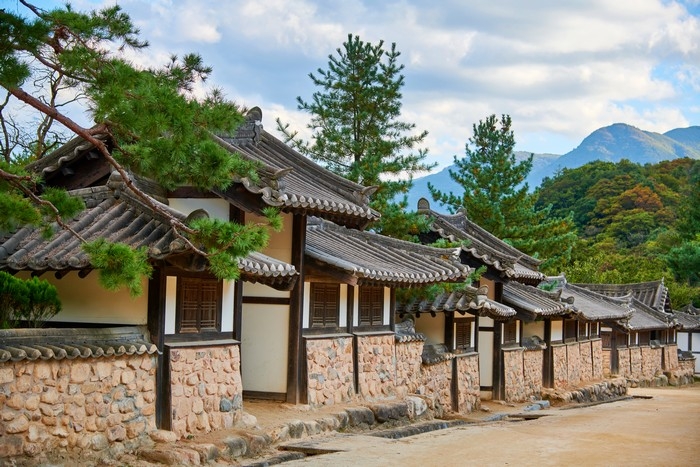
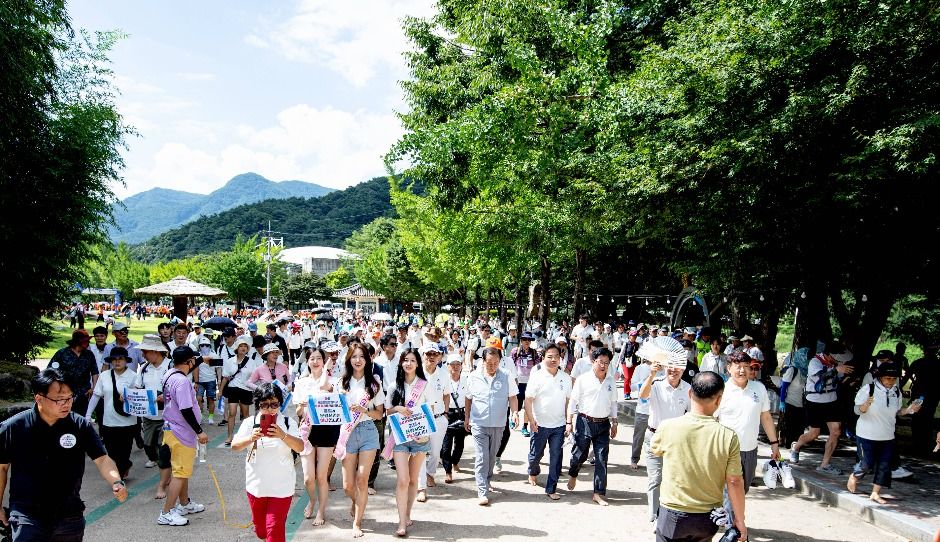
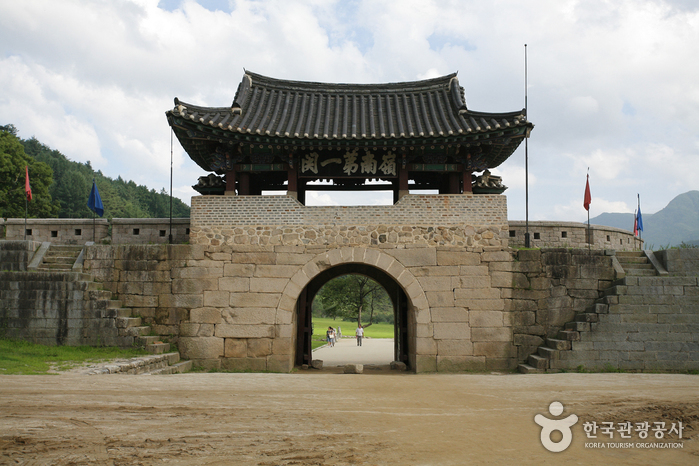
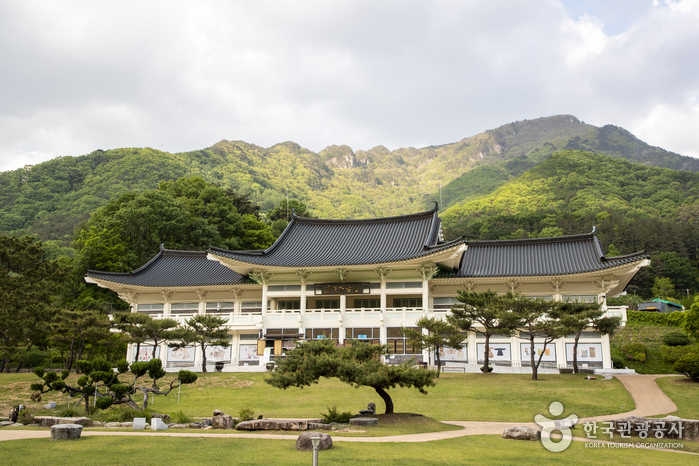
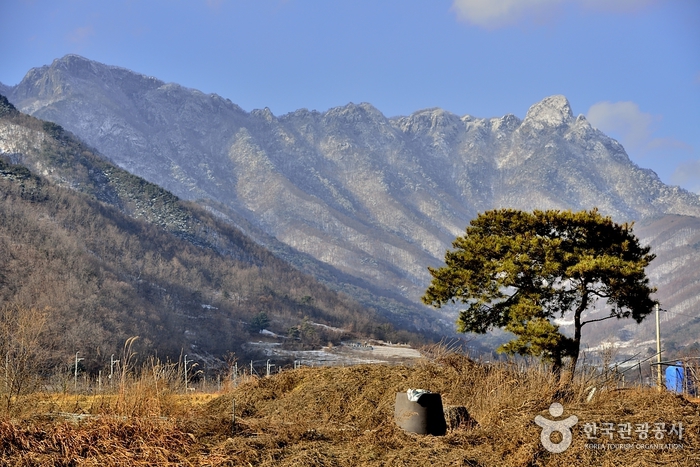
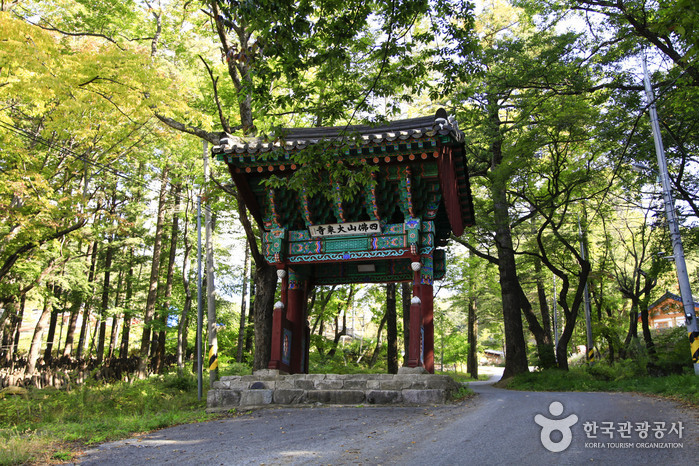
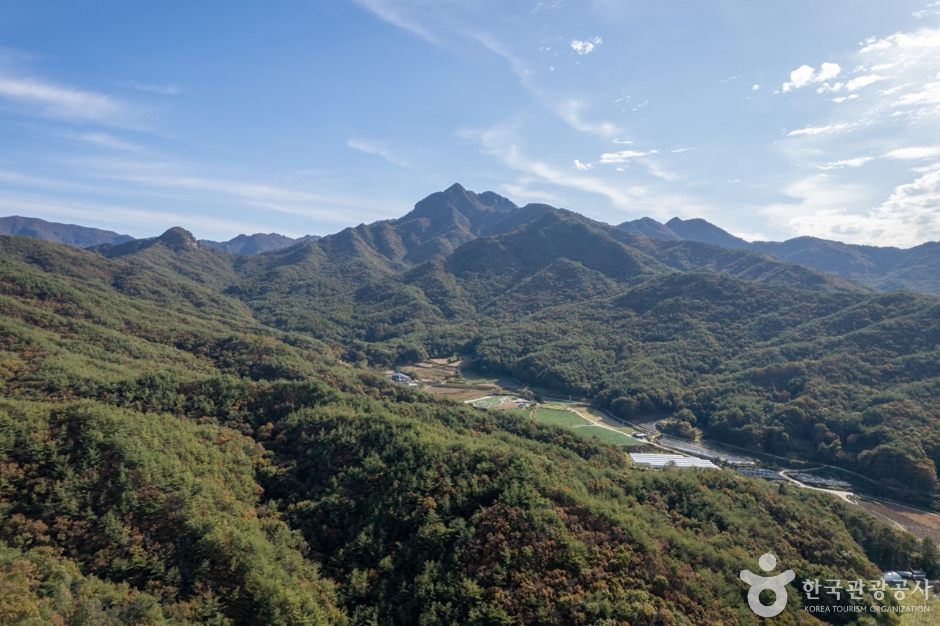
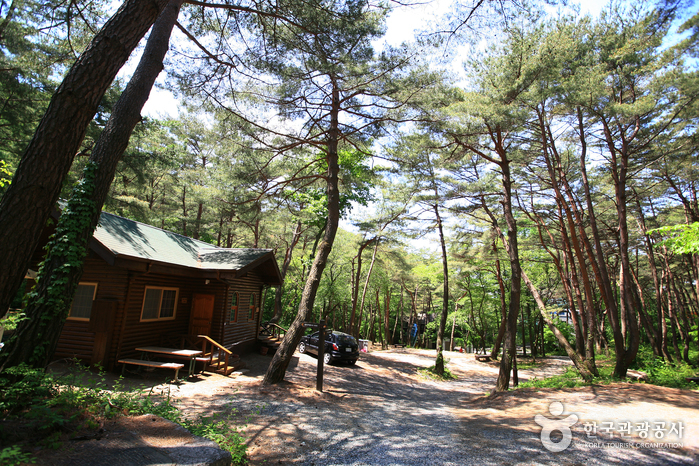
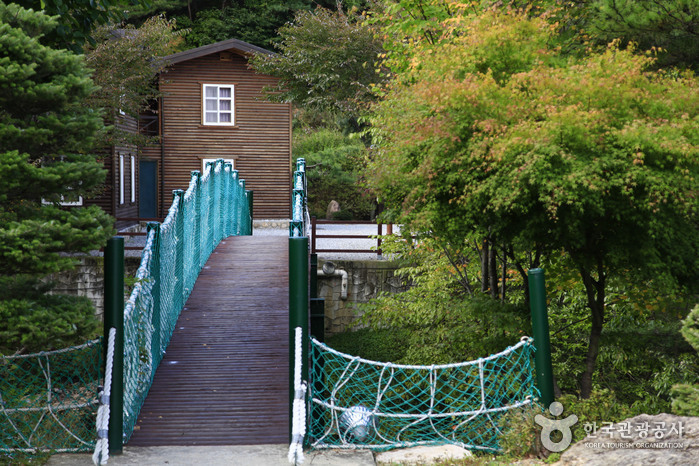
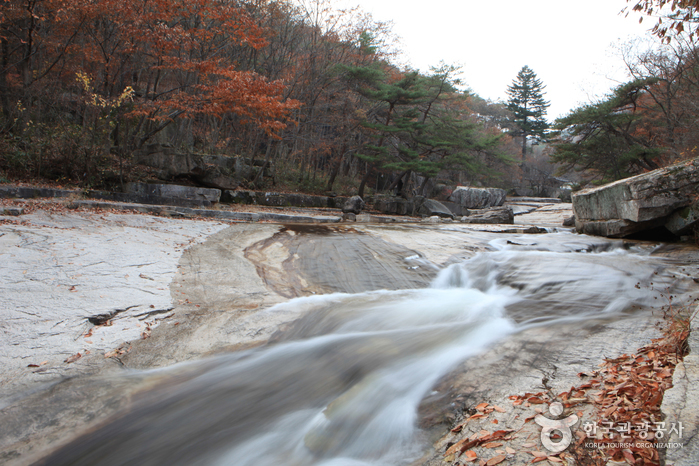
 English
English
 한국어
한국어 日本語
日本語 中文(简体)
中文(简体) Deutsch
Deutsch Français
Français Español
Español Русский
Русский